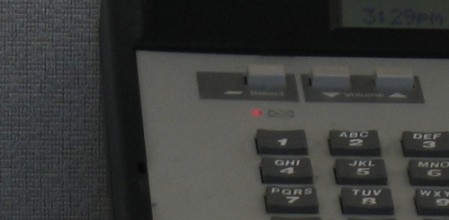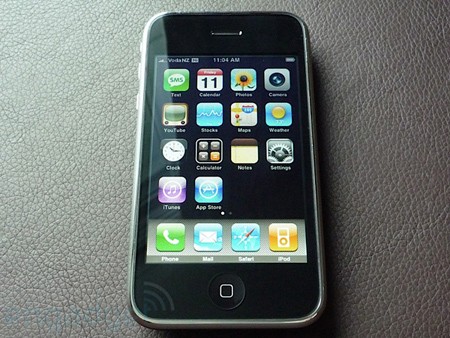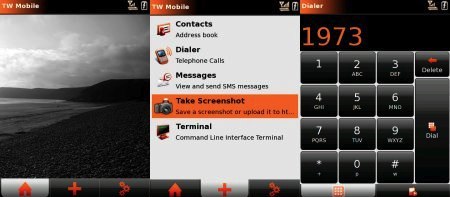
The silicon hacker behind the Chumby, [bunnie huang], was browsing through the Mobile Phone Megamarket in Shenzhen, China and stumbled upon an unusual repair book. It turns out the book had the schematics to hundreds of Nokia phones. It’s hard to tell if they are legitimate, but the amount of information makes them seem so. [bunnie] claims that the book is a learning experience because it shows how some sub-circuits are implemented. Also, it can be a good reference for sourcing parts. Since Nokia buys millions of each component, the supply of parts they use are stable. There are also editions for other brands, such as Motorola and Samsung.

















